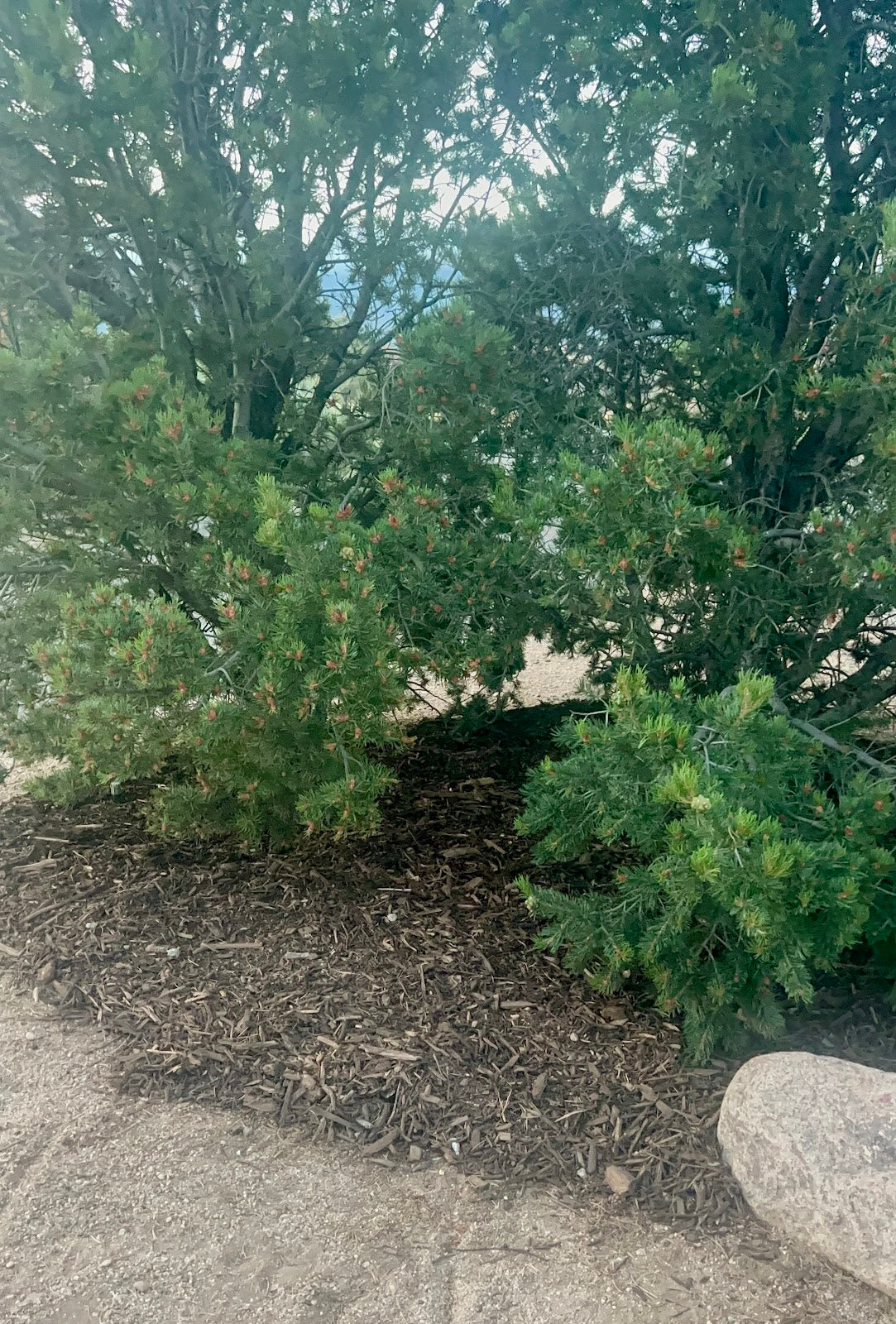By Dawn Dewey
As summer fades, your trees start to slow their growth and prepare for winter dormancy. Fall is the perfect time to help them conserve energy and stay healthy until spring. One of the simplest, most effective things you can do is refresh the compost and mulch around each tree.
How to Care for Trees in Fall
-
Clear the base
Remove weeds, grass, and fallen debris in a wide ring around the tree—ideally out to the drip line (the area beneath the outermost branches). -
Lay fresh compost
Spread a ½–1-inch layer of natural compost around the cleared area to feed soil life and improve structure. Soilutions Compost is one local option, but any high-quality, chemical-free compost works. -
Add a mulch blanket
Cover the compost with 2–4 inches of woody mulch, such as Soilutions Forest Floor Mulch. Keep the mulch a few inches away from the trunk to prevent rot and allow air flow. -
Water well
Give the tree a deep watering before the ground freezes. Moist soil holds heat longer and supports roots through cold spells.
These steps take only a little time but set your trees up for months of protection and steady nutrition.
Why This Matters
Insulates soil and roots
Mulch acts like a natural blanket, buffering against New Mexico’s temperature swings. It prevents the freeze-thaw cycles that can heave soil and damage fine roots.
Holds moisture
Winter winds and dry air can deplete soil moisture. A mulch layer slows evaporation, keeping roots hydrated even when you water less.
Feeds slowly all winter
Even in dormancy, tree roots continue to absorb nutrients. As compost and mulch break down, they release a steady trickle of organic matter and minerals that strengthen trees before spring growth.
Builds better soil
Healthy soil teems with microbes that recycle nutrients and create structure. Compost supports these underground allies, improving drainage and aeration.
Reduces weeds and pests
A clean ring of mulch suppresses weed growth and limits habitat for pests that might overwinter near the trunk.
By putting these steps into practice each fall, you help your trees store energy, protect vital roots, and enter winter strong. Come spring, they’ll reward you with vigorous growth, healthier leaves, and, in time, wider rings that quietly record each season’s care.






